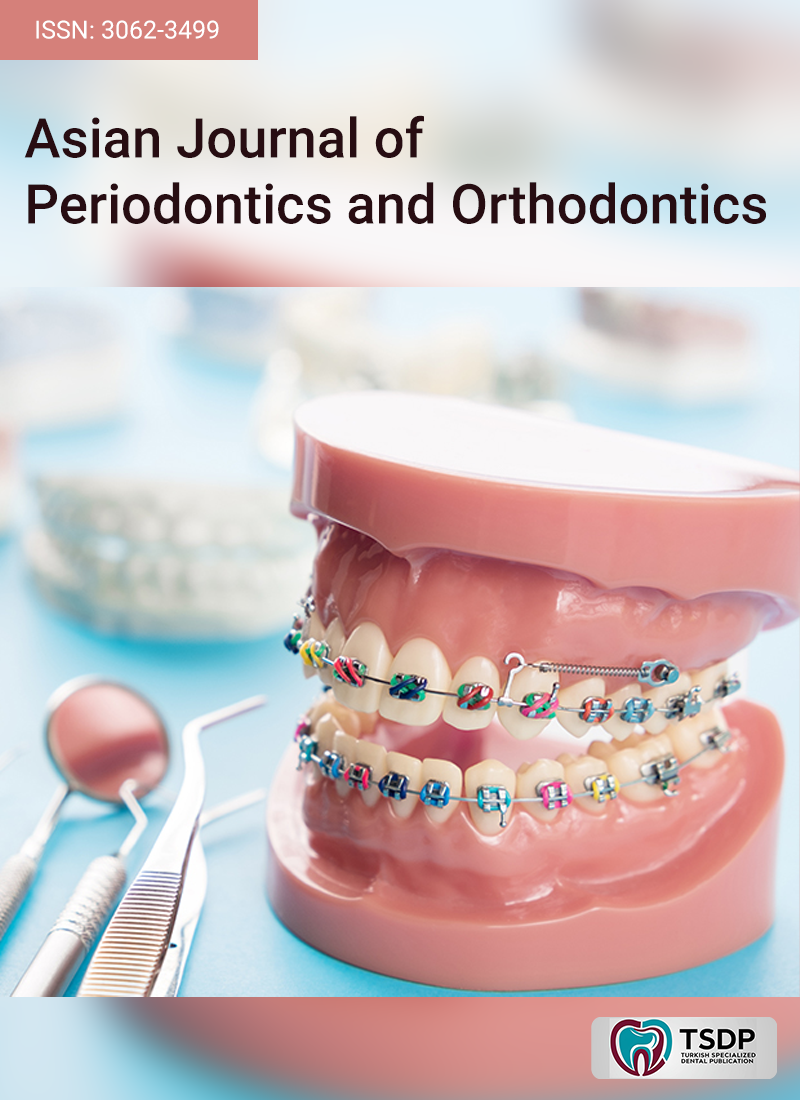
The long duration of orthodontic treatment is one of the main issues that forces patients to choose other therapeutic modalities with poor outcomes and unfavorable negative effects. It can also exacerbate any adverse effects caused by orthodontic therapy. Micro-osteotomy perforations (MOPs) have been used to trigger the bone's natural processes that accelerate tooth movement. The periodontal ligament (PDL) is put under increased strain by orthodontic pressures, which leads to the desired resorption and deposition of the bone around the tooth. Orthodontic tooth movement is the outcome of this. Inflammatory cytokines and other inflammatory mediators are released in response to PDL stress, which increases osteoblast activity and bone resorption. The objectives of the present study were to evaluate the most current studies on micro-osteo perforations and determine whether they help accelerate orthodontic tooth movement in a clinical setting. The results from studies on MOPs have been both conclusive and inconclusive. This evaluation determines whether the changes observed with MOPs were clinically meaningful and gives a brief explanation of those changes. According to multiple studies, MOPs can double the pace of orthodontic tooth movement, according to several studies. When teeth pass through atrophic ridges, more external root resorption occurs over longer periods. However, the amount of bone did not significantly increase. Therefore, additional study is required to comprehend how MOPs affect tooth movement over atrophic ridges, as more adult patients choose orthodontic treatment. The methods used in different studies to apply MOP vary greatly. It is important to distinguish between tipping and the teeth's natural movement to get an impartial judgment. Assessing anchoring loss after MOPS at the time of en-masse retraction of teeth is essential to making an informed decision. Monitoring the effect of MOPs and maintaining these results after treatment is essential to determining long-term stability.